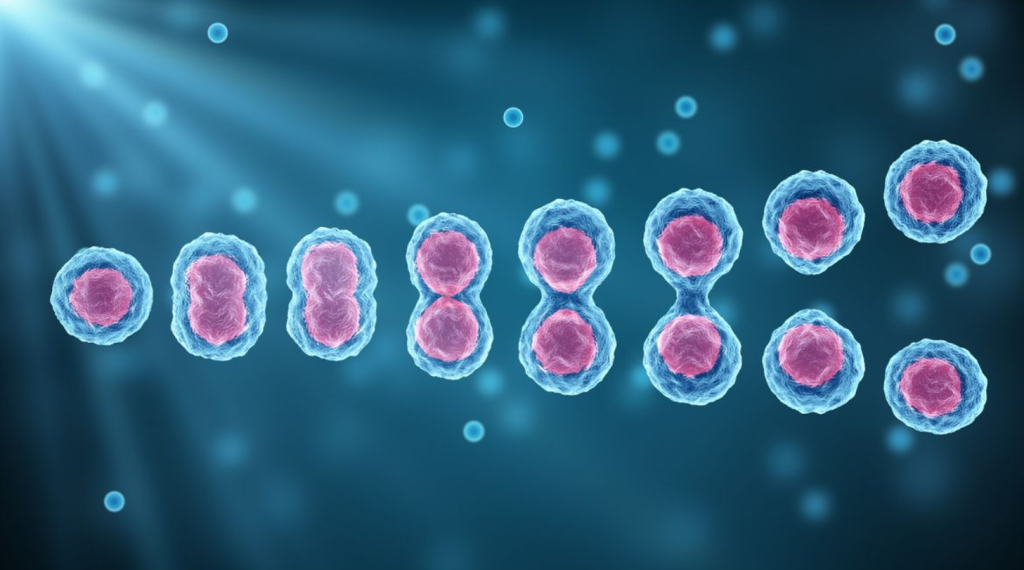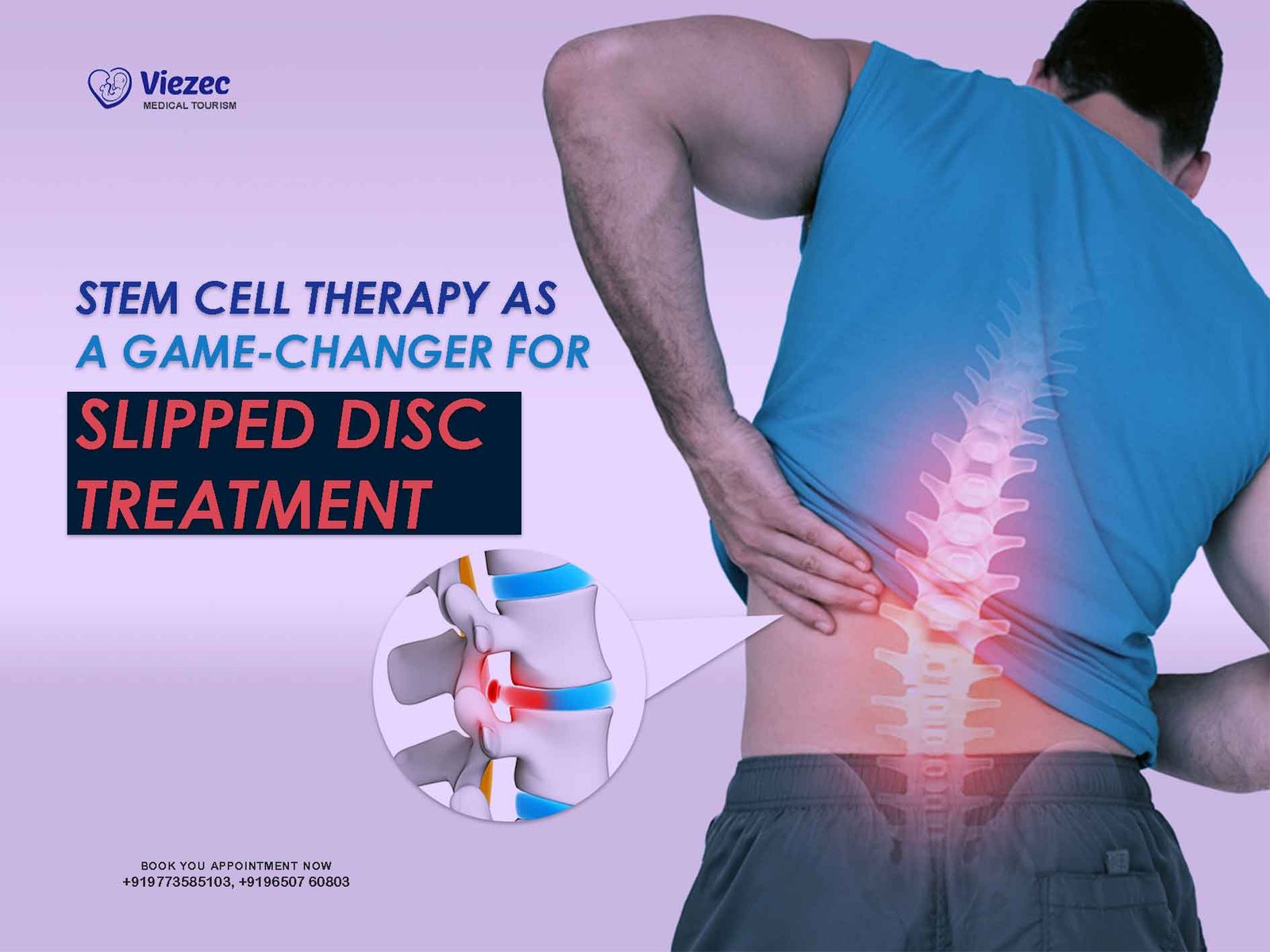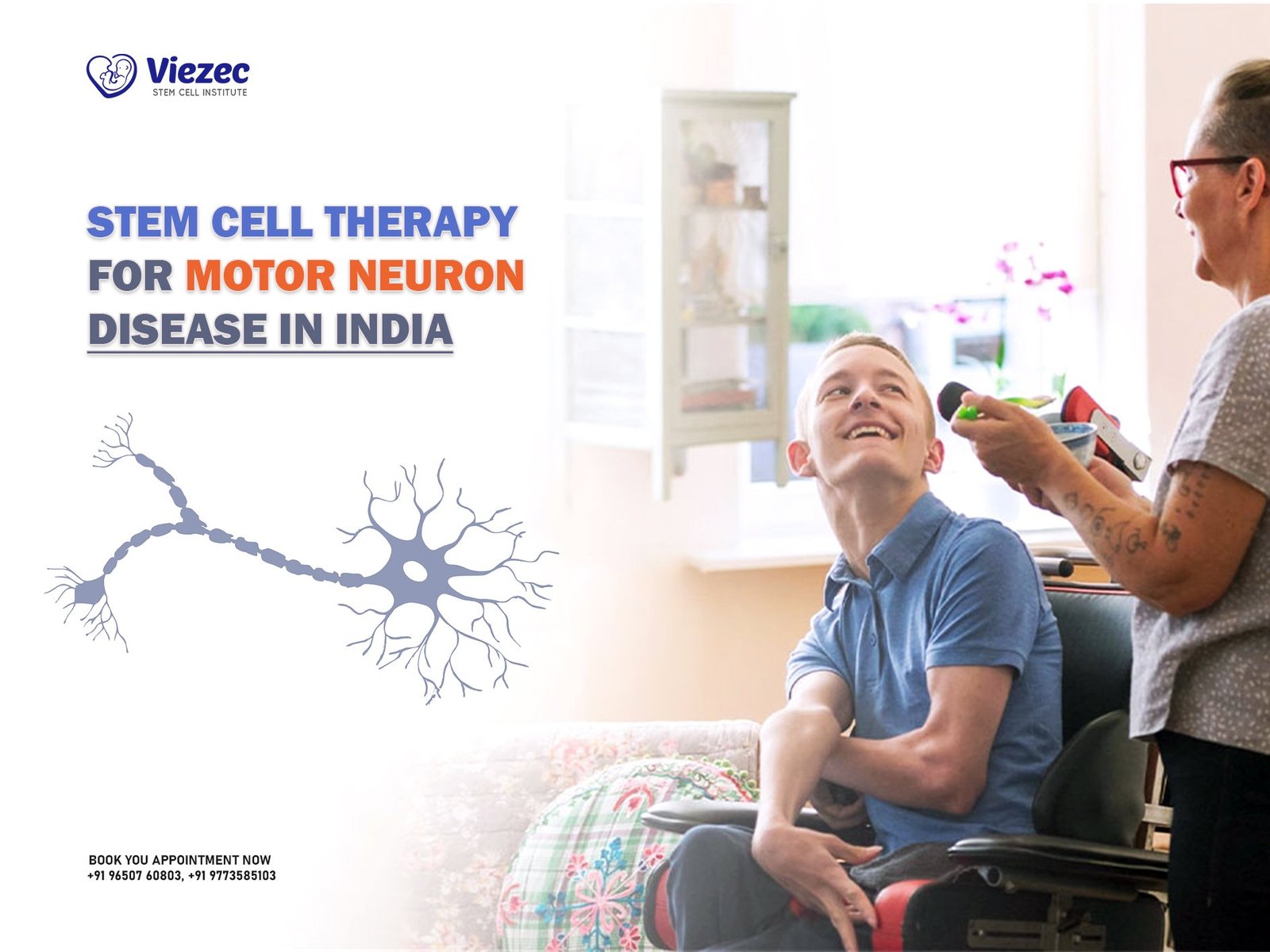
Stem cells are the body’s original building blocks unspecialized cells with the incredible ability to develop into many different cell types. From forming tissues during early development to repairing damaged organs in adulthood, these cells play a critical role in health, healing, and the future of medicine.
There are several types of stem cells, each with unique characteristics and uses:
-
Embryonic Stem Cells (ESCs) are pluripotent, meaning they can become nearly any cell type in the body. Their versatility makes them valuable for research and regenerative therapies.
-
Adult Stem Cells, found in tissues like bone marrow and fat, are more limited in their potential but already used in treatments like bone marrow transplants.
-
Induced Pluripotent Stem Cells (iPSCs) are lab-created by reprogramming adult cells to behave like embryonic ones, offering powerful possibilities without the ethical concerns of embryo-derived cells.
What makes stem cells so remarkable is their dual ability to self-renew (make more of themselves) and differentiate (become specialized cells like nerves, muscles, or blood). These abilities allow them to support growth, repair, and recovery throughout life and they’re being studied as treatments for everything from Parkinson’s and diabetes to heart disease and spinal cord injuries.
What Are Stem Cells?
Definition and Core Characteristics
Stem cells are the body’s master cells the foundation for all other cells with specialized functions. What makes them truly remarkable is their potential. They can either stay as stem cells or transform into a wide variety of cell types, such as nerve cells, blood cells, or muscle tissue. This flexibility makes them essential not only in the early stages of life but also in maintaining and repairing the body as we age.
These cells act like an internal repair system, dividing and renewing themselves over long periods. Unlike most cells that are locked into one role, stem cells have the power to adapt, evolve, and rebuild. It’s this dynamic quality that puts them at the center of some of today’s most promising medical advancements.
How Stem Cells Differ From Other Cells
Most cells in your body are specialists. A heart cell pumps, a skin cell protects, and a red blood cell carries oxygen—but they don’t switch roles. Stem cells break that mold. They’re unspecialized, meaning they haven’t yet committed to a specific function. Even more impressive, they can both reproduce themselves and generate new, specialized cells when needed.
This rare combination—flexibility and self-renewal—is what gives stem cells such transformative potential in science and medicine.
Self-Renewal and Differentiation Explained
At the heart of stem cell magic are two essential traits: self-renewal and differentiation.
Self-renewal is the ability to create identical copies of themselves over and over again. This ensures a steady supply of stem cells throughout your life.
Differentiation is the process by which these blank-slate cells become specific types of cells—like skin, bone, or brain tissue—depending on what the body needs. Together, these abilities allow stem cells to fuel growth, speed up healing, and, in the future, possibly help regenerate entire organs.
The Different Types of Stem Cells
Stem cells aren’t one-size-fits-all—they come in different forms, each with unique capabilities and roles in the body. Understanding the types of stem cells is key to unlocking how they’re used in both medicine and research.
Embryonic Stem Cells (ESCs)
Embryonic stem cells are the most versatile of all. Harvested from early-stage embryos, these cells are pluripotent, meaning they can become almost any cell type in the human body. This incredible flexibility gives them immense promise for treating a wide range of diseases—from spinal cord injuries to degenerative conditions like Parkinson’s.
However, their use is often debated due to ethical concerns, since obtaining these cells typically involves the destruction of the embryo. For this reason, much of their use remains within the realm of research rather than direct treatment—at least for now.
Adult Stem Cells (Somatic Stem Cells)
Adult stem cells are found in fully developed tissues like bone marrow, fat, and even the brain. Unlike embryonic stem cells, they are multipotent, which means they’re more limited in what types of cells they can become.
These cells naturally help maintain and repair the tissue where they’re found. Scientists have been using adult stem cells for decades in therapies most notably in bone marrow transplants to treat blood disorders.
Hematopoietic Stem Cells
Hematopoietic stem cells are the powerhouses behind all types of blood cells. Found primarily in bone marrow, they’re responsible for generating red cells, white cells, and platelets. They’ve been used for years in treatments for leukemia, lymphoma, and other blood-related diseases, making them one of the best-established forms of stem cell therapy today.
Mesenchymal Stem Cells
Mesenchymal stem cells are found in bone marrow, fat tissue, and umbilical cords. They can develop into bone, cartilage, muscle, and fat cells. Because of their ability to reduce inflammation and support tissue repair, they’re being explored in treatments for orthopedic injuries, arthritis, and even autoimmune disorders.
Induced Pluripotent Stem Cells (iPSCs)
Induced pluripotent stem cells are one of the most exciting breakthroughs in recent decades. Scientists discovered how to take ordinary adult cells like skin or blood cells—and reprogram them to behave like embryonic stem cells.
These iPSCs are pluripotent, just like embryonic stem cells, but without the ethical baggage. They open doors for patient-specific therapies, drug testing, and genetic research, all while sidestepping the need to use actual embryos. The potential here is enormous, and research is expanding rapidly in this space.
Where Do Stem Cells Come From?
Stem cells can come from several sources both naturally occurring in the body and created through scientific innovation. Where they originate plays a big role in how they’re used and what kind of therapies they’re best suited for.
Natural Sources Within the Body
Our bodies naturally produce stem cells and store them in specific tissues. Bone marrow is one of the most well-known sources, housing hematopoietic and mesenchymal stem cells. But they’re also found in places like fat tissue, dental pulp, the brain, and even the lining of the gut.
These naturally occurring stem cells act like the body’s internal repair system. They respond to injury or stress by replacing damaged cells and keeping tissues functioning properly. Doctors can extract and use these cells in medical treatments—often from a patient’s own body to minimize risks like rejection.
Laboratory-Created Stem Cells
Thanks to modern science, we’re no longer limited to harvesting stem cells from the body. Researchers can now create them in the lab. This is where induced pluripotent stem cells (iPSCs) come in—adult cells that are genetically reprogrammed to act like embryonic stem cells.
These lab-made cells open up powerful possibilities: they can be created from a patient’s own tissues, reducing the risk of immune rejection, and tailored for research or treatment with extreme precision.
Advances in Reprogramming Technology
Over the past two decades, reprogramming technologies have evolved rapidly. Techniques like gene editing, including CRISPR, have made it possible to reprogram skin or blood cells into stem cells with remarkable accuracy. Researchers are now exploring how to use these technologies to grow new organs, model diseases in a lab dish, or test new drugs safely.
This shift—from harvesting stem cells to engineering them—marks one of the most exciting frontiers in regenerative medicine.
How Stem Cells Work in the Human Body
Stem cells are nature’s multi-taskers. Whether building the body from scratch during early development or quietly repairing tissues in adulthood, their ability to adapt and transform makes them essential to human life and health.
Role in Growth and Development
From the moment life begins, stem cells take center stage. In the earliest stages of embryonic development, these cells multiply rapidly and begin to specialize, forming every organ and system in the human body. Without stem cells, the body wouldn’t have the blueprint—or the builders—to grow and mature properly.
Even after birth, stem cells continue to play a role, particularly in tissues that regenerate quickly, like blood, skin, and the digestive lining. They ensure that the body develops and maintains its intricate systems in a balanced way.
Tissue Repair and Regeneration
In adult bodies, stem cells act like a repair crew on standby. When tissues are injured—whether by trauma, disease, or everyday wear and tear—stem cells can rush in to replace damaged cells and regenerate healthy tissue.
This regenerative function is especially important in tissues that don’t naturally heal well, like nerves, cartilage, or the heart. In these cases, stem cells may offer the best hope for recovery.
The Healing Power of Differentiation
The magic behind this repair process lies in differentiation—a stem cell’s ability to transform into the exact type of cell the body needs. For example, if heart tissue is damaged after a heart attack, stem cells could potentially become new heart muscle cells. This adaptability is what gives stem cell therapy its cutting-edge appeal, especially for conditions that were once considered untreatable.
As science advances, we’re getting closer to using this natural healing ability to regenerate organs, repair nerves, and restore full function after injury or illness.
Medical Applications of Stem Cells
The medical world is buzzing with the potential of stem cells. What started as a scientific curiosity has now evolved into real-world therapies—and the possibilities continue to expand. From treating blood cancers to regenerating tissue, stem cells are already changing lives and may soon transform how we treat disease altogether.
Current Uses in Medicine
While much of stem cell research is still in the experimental stage, there are already well-established treatments that harness their healing power.
Bone Marrow Transplants
One of the longest-standing and most successful applications of stem cell therapy is bone marrow transplantation. This procedure uses hematopoietic stem cells, usually from a donor, to regenerate a patient’s blood and immune system—commonly used to treat leukemia, lymphoma, and other blood cancers. It’s a life-saving option for thousands of patients each year.
Corneal Repair and Skin Grafts
Stem cells are also used in regenerative eye treatments, helping repair damaged corneas and restore vision. In burn care, skin stem cells can be used to create grafts that help patients recover more quickly and with less scarring. These applications show how stem cells can replace or repair tissue without relying on traditional surgery.
Promising Areas of Ongoing Research
Scientists are continually uncovering new ways to apply stem cells across various medical fields. While not all these treatments are available yet, the research is promising—and in some cases, already in clinical trials.
Neurodegenerative Conditions
Diseases like Parkinson’s, Alzheimer’s, and ALS (Lou Gehrig’s disease) involve the gradual loss of nerve cells. Researchers are exploring how stem cells might be used to regenerate these lost neurons and restore brain function. Though early, this work could change the future of neurology.
Cardiovascular Repair
Heart disease remains a leading cause of death worldwide. After a heart attack, damaged heart tissue doesn’t heal well. But scientists are studying how stem cells could be used to create new heart muscle, restore circulation, and improve long-term outcomes.
Autoimmune Disorders
In conditions like multiple sclerosis, lupus, and type 1 diabetes, the immune system turns against the body. Stem cell therapy is being explored as a way to reset the immune system, reduce inflammation, and prevent further damage. Early trials have shown promise, especially in severe or treatment-resistant cases.
What Patients Should Know About Stem Cell Treatments
Stem cell therapy holds real promise, but it also comes with hype, uncertainty, and unfortunately, scams. For patients considering treatment, understanding the facts—and asking the right questions—can make all the difference between a life-changing experience and a costly mistake.
How to Evaluate Legitimate Clinics
Not all stem cell clinics are created equal. A trustworthy clinic will operate under strict regulatory oversight, typically as part of an FDA-approved trial or with clear documentation of safety and effectiveness.
Here are a few signs that a clinic is legitimate:
-
It provides transparent information about the source of the stem cells.
-
It uses treatments backed by published research or clinical trials.
-
It is operated by licensed, board-certified medical professionals.
-
It clearly explains risks, benefits, and realistic outcomes.
-
It does not pressure you into expensive or immediate treatment decisions.
If a clinic promises a “miracle cure” for everything from arthritis to Alzheimer’s—especially for a high price and without evidence—that’s a serious red flag.
Questions to Ask Before Choosing Treatment
Before starting any stem cell therapy, arm yourself with information. Ask:
-
Is this treatment part of an FDA-approved trial or procedure?
-
What condition is it meant to treat, and how effective is it?
-
What are the short-term and long-term risks?
-
Where do the stem cells come from—my body, a donor, or a lab?
-
What kind of follow-up care or monitoring is provided?
-
What does the full cost include—and are there refund policies?
A reputable clinic should be open and honest when answering these questions. If anything feels vague or rushed, it’s worth walking away.
How Doctors Use Stem Cells to Treat Disease
Stem cells are no longer just part of future medicine—they’re being used right now in hospitals and clinics around the world. Healthcare providers are using stem cell-based therapies to treat a range of conditions, with some applications already approved and others showing great promise in clinical trials.
Blood Disorders and Cancers
One of the most established uses is in bone marrow transplants, where hematopoietic stem cells are used to treat diseases like leukemia, lymphoma, and aplastic anemia. These cells help regenerate healthy blood and immune cells after chemotherapy or radiation.
Orthopedic and Sports Injuries
Doctors use mesenchymal stem cells to support the healing of joints, tendons, and bones. While not yet fully standardized, these treatments are being explored for conditions like osteoarthritis, torn ligaments, and spinal disc issues.
Eye and Skin Conditions
For patients with corneal damage or severe burns, stem cells can help regrow damaged tissue, restoring vision or skin integrity. In some cases, skin stem cells are used to generate grafts for burn victims.
Stem Cell Treatment in India: How Viezec Is Making Advanced Care Accessible
India is rapidly becoming a hub for innovative medical treatments, and Viezec is at the forefront of this movement—offering cutting-edge stem cell procedures to both domestic and international patients. With a focus on safety, affordability, and evidence-based care, Viezec is helping bridge the gap between medical promise and real-world healing.
Who Is Viezec?
Viezec is a leading healthcare facilitator based in India, specializing in organizing advanced stem cell therapies for a variety of medical conditions. Their mission is to make regenerative medicine accessible to patients seeking affordable yet high-quality care outside their home countries.
They collaborate with some of the top hospitals, research labs, and stem cell experts in India to ensure that each treatment plan is tailored to the individual’s condition and overall health goals.
Conditions Treated with Stem Cells at Viezec
Viezec provides access to stem cell-based treatments for a wide range of conditions, including:
-
Neurological disorders (e.g., Parkinson’s disease, ALS, multiple sclerosis)
-
Orthopedic conditions (e.g., osteoarthritis, sports injuries, spinal cord issues)
-
Autoimmune diseases (e.g., rheumatoid arthritis, lupus)
-
Liver and kidney conditions
-
Diabetes and diabetic complications
-
Anti-aging and cosmetic therapies
Each therapy plan is personalized, starting with a detailed medical review, diagnostics, and consultation with specialists. Depending on the condition, patients may receive mesenchymal stem cells, hematopoietic stem cells, or umbilical cord-derived stem cells.
Why Choose Viezec for Stem Cell Therapy?
-
Regulated and Safe: Procedures are conducted under stringent medical guidelines with certified facilities and physicians.
-
Affordable Treatment Options: Stem cell procedures in India typically cost a fraction of what they do in Western countries—without compromising on quality.
-
Comprehensive Support: Viezec provides end-to-end care, including visa support, travel coordination, hospital arrangements, and post-treatment follow-up.
-
Multilingual Staff & Patient Care: They offer services in multiple languages, ensuring international patients feel comfortable and supported throughout their journey.
Bringing Global Innovation to Local Care
By partnering with world-class institutions and staying at the cutting edge of regenerative research, Viezec is turning India into a destination for reliable, results-driven stem cell care. Whether you’re seeking treatment for a chronic condition or exploring regenerative options after exhausting conventional therapies, Viezec offers hope backed by science.








